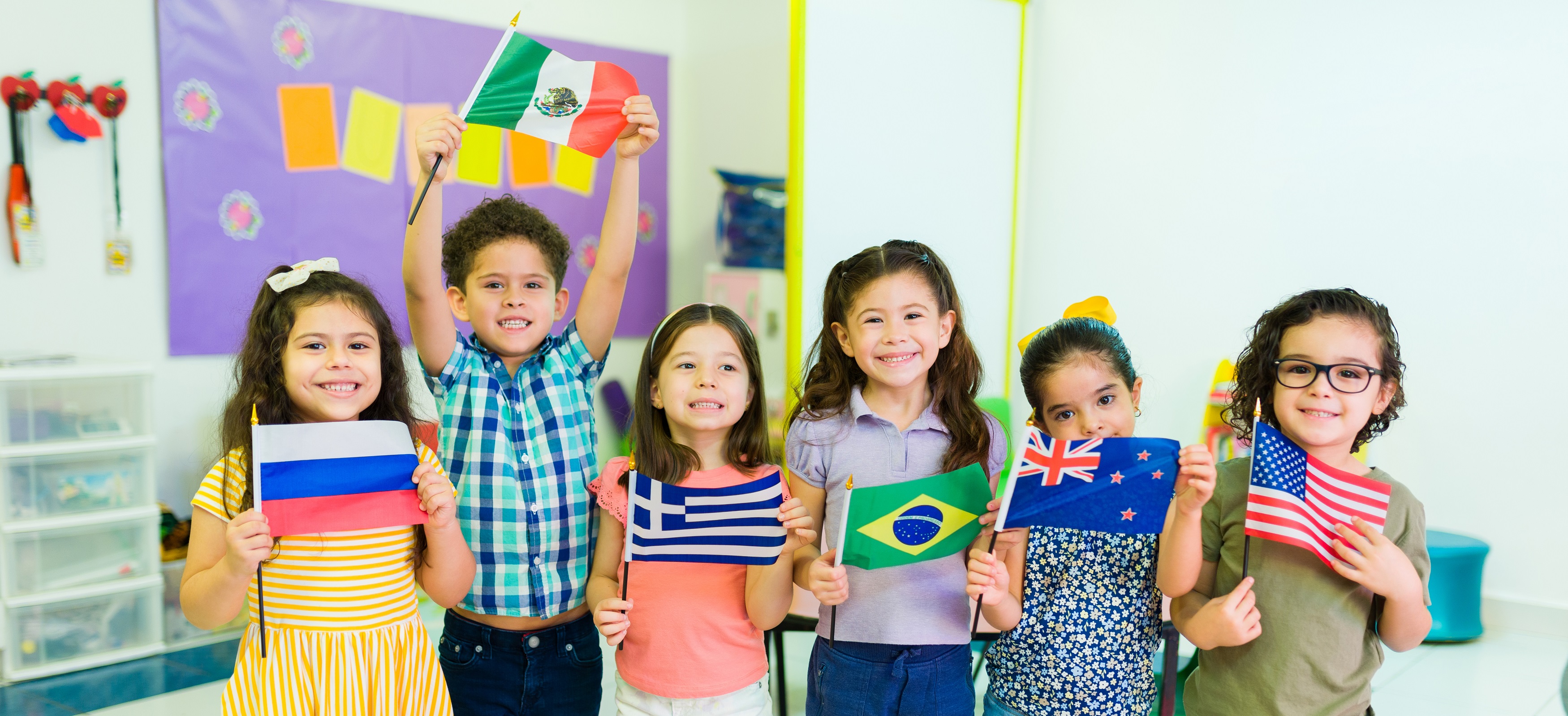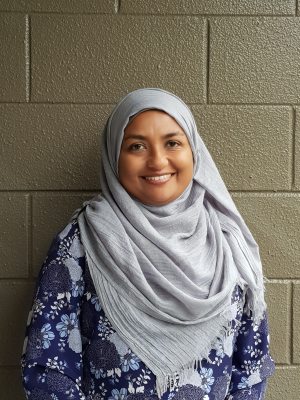12 Purposeful Ways to Honour Diversity in the Classroom

Across the school year, many international observances draw attention to diversity, inclusion, and human rights. These include the International Mother Language Day (21 February), World Day for Cultural Diversity for Dialogue and Development (21 May), World Refugee Day (20 June), the International Day of the World’s Indigenous Peoples (9 August), the International Day for Tolerance (16 November), and the International Migrants Day (18 December).
Beyond these, each country may mark its own days and weeks to celebrate diversity and advocate for different causes. Days like these may be marked with special assemblies, classroom activities, and cultural showcases. They also offer a valuable entry point into deeper conversations about the value of cultural diversity and how it enriches our communities and societies.
Why Celebrate Cultural Diversity?
Cultural diversity is one of the world’s most valuable resources. It enriches our lives, strengthens communities, and contributes to economic development and social cohesion. Raising awareness of diversity and inclusion is a vital first step toward building more equitable, peaceful, and just societies. We live in a globalised world where multiculturalism is the norm in many societies, with people of diverse racial, cultural, linguistic, and religious backgrounds living, learning, and working together. Yet, despite this diversity, inequity and injustice persist. Observing these days of diversity and inclusion provides schools the opportunity to:
-
- Promote Inclusion and Respect: Teach students the importance of respecting different cultures and traditions and understanding how diversity strengthens society.
- Encourage Dialogue and Collaboration: Help students appreciate different perspectives and work together across cultures to solve common problems.
- Enhance Global and Local Awareness: Connect classroom learning to global and local issues, enabling students to see how culture shapes experiences, values, and worldviews.
- Celebrate Identity and Belonging: Give students the space to reflect on their own cultural identities while inviting them to learn from the stories and experiences of others in the school community.
Educators can embrace these opportunities for their school to raise awareness about the significance of inclusivity, promote respect for different cultures, and help students develop skills to engage in dialogue about diversity. Here are some suggestions for how schools and teachers can meaningfully celebrate cultural diversity and advocate for inclusion:
General Activities to Celebrate Cultural Diversity and Inclusion
-
Cultural Show-and-Tell: Ask students to bring in an object, piece of art, or artifact that represents their culture, family traditions, or heritage. This activity allows students to share their personal experiences and introduces their peers to new cultures. Use presentations to spark meaningful conversations about the broader similarities and differences among cultures.
-
Cultural Diversity Poster Project: Have students create posters that represent different cultures around the world. Each student can choose a country or culture they are interested in (it doesn’t need to be their own) and design a poster that highlights its customs, languages, food, music, famous landmarks, or historical figures. Hold a poster exhibition where students can present their posters and explain what they have learned about the culture.
-
Cultural Interviews and Oral Histories: Encourage students to interview family members or community members from different cultural backgrounds to learn more about their experiences, traditions, and cultural values. These interviews can be conducted in person or virtually and then compiled into a class project, such as a video documentary or written collection of oral histories. This project can foster empathy and understanding among students as they learn about the lived experiences of people from different cultures.
-
Creating a Cultural Diversity Calendar: As a class project, students can create a schoolwide cultural diversity calendar that highlights important cultural events, festivals, and holidays from around the world. Each student or group could research one event and provide details about its significance, customs, and how it is celebrated. They can make suggestions of how the school could mark the event and identify individuals as cultural ambassadors for each event.
-
Honouring Indigenous Voices and Perspectives: To recognise the Indigenous People of the land and value their presence, knowledge, and contributions, students could research the Indigenous people of the region, exploring the histories, languages, stories, and ongoing contributions. They could create a display or digital presentation based on their learning. This activity promotes inclusion by recognising Indigenous peoples as the original custodians of the land and affirming their continued presence and knowledge.
Curriculum-Based Activities
-
Language Arts and Literature — Diverse Voices in Literature: Introduce students to literature from diverse authors around the world, including those from marginalised or underrepresented communities. Read books, short stories, or poetry written by authors from various cultural backgrounds. Follow up with a class discussion on how cultural context shapes the characters, plot, and themes in the work.
-
Social Studies and History — Cultural Impact on World History: Examine how different cultures have influenced world history, from the Renaissance to modern times. Focus on key historical moments or movements where cultural exchanges played a significant role. For example, students could study the impact of Islamic culture on science during the Golden Age of Islam or how European explorers were influenced by Indigenous cultures during the Age of Discovery. Students can create multimedia presentations or reports on a specific historical event and how it contributed to the cultural exchange between nations. Encourage them to analyse how cultural diversity shaped both the event and its aftermath.
-
Social Studies — Stories of Resilience: Students collect stories of displacement, loss, resilience, and belonging by exploring lives of refugees and migrants either in fiction or real-life stories in media. They could create visual story maps that trace a person’s journey and the challenges they faced. This activity builds empathy, critical thinking, and opens space for discussion about rights, identity, and inclusion.
-
Geography — Cultural Geography Presentations: Guide students in exploring how geography shapes people's lifestyles, traditions, and cultural practices. Students choose a country or region and research the geographic features that influence the culture of the area. For example, students can investigate how the natural environment affects the food, clothing, architecture, and lifestyle of people in places like the Arctic Circle, the Sahara Desert, an island nation in the South Pacific, or a region like Southeast Asia. Students can present their findings using maps, visuals, and oral explanations, illustrating how geography shapes cultural identity.
-
Mathematics — Mathematical Contributions From Different Cultures: Highlight the global nature of mathematics by introducing students to contributions from different cultural traditions and encouraging further research. They could select, for example, the ancient Egyptians’ contributions to geometry or the Mayan number system. Students can present their findings through a report or presentation, highlighting how maths developed differently in various parts of the world. As an extension, students could apply some of these ancient mathematical concepts to modern problems. For example, they can use ancient Egyptian geometry to solve practical problems related to building structures or explore the Mayan calendar.
-
Mathematics — Cultural Geometry Art: Use the art and architecture of different cultures to explore geometric concepts. Examine geometric patterns in different cultural artifacts, such as Islamic mosaics, Native American beadwork, or African textiles. Students can explore how these designs incorporate mathematical concepts such as symmetry, angles, and proportions. Students could then create their own geometric art inspired by the cultural examples they studied, applying mathematical principles in their designs.
-
Arts and Crafts — Cultural Art Exploration: Explore the traditional art forms of different cultures and create artwork based on these influences. Introduce students to various art techniques from different cultures, such as Chinese brush painting, African textile design, or Aboriginal dot painting. Students can then create their own works using these techniques, learning about the cultural significance behind each art form. You could display the student artwork in a schoolwide gallery or host a cultural art show. Students can explain the cultural significance of their pieces, helping to educate others about the cultural context behind the artwork.
Conclusion
Through such activities, we can inspire students to embrace difference and promote inclusivity. Celebrating cultural diversity can help cultivate a generation of globally minded individuals who contribute to a more just and connected world.

